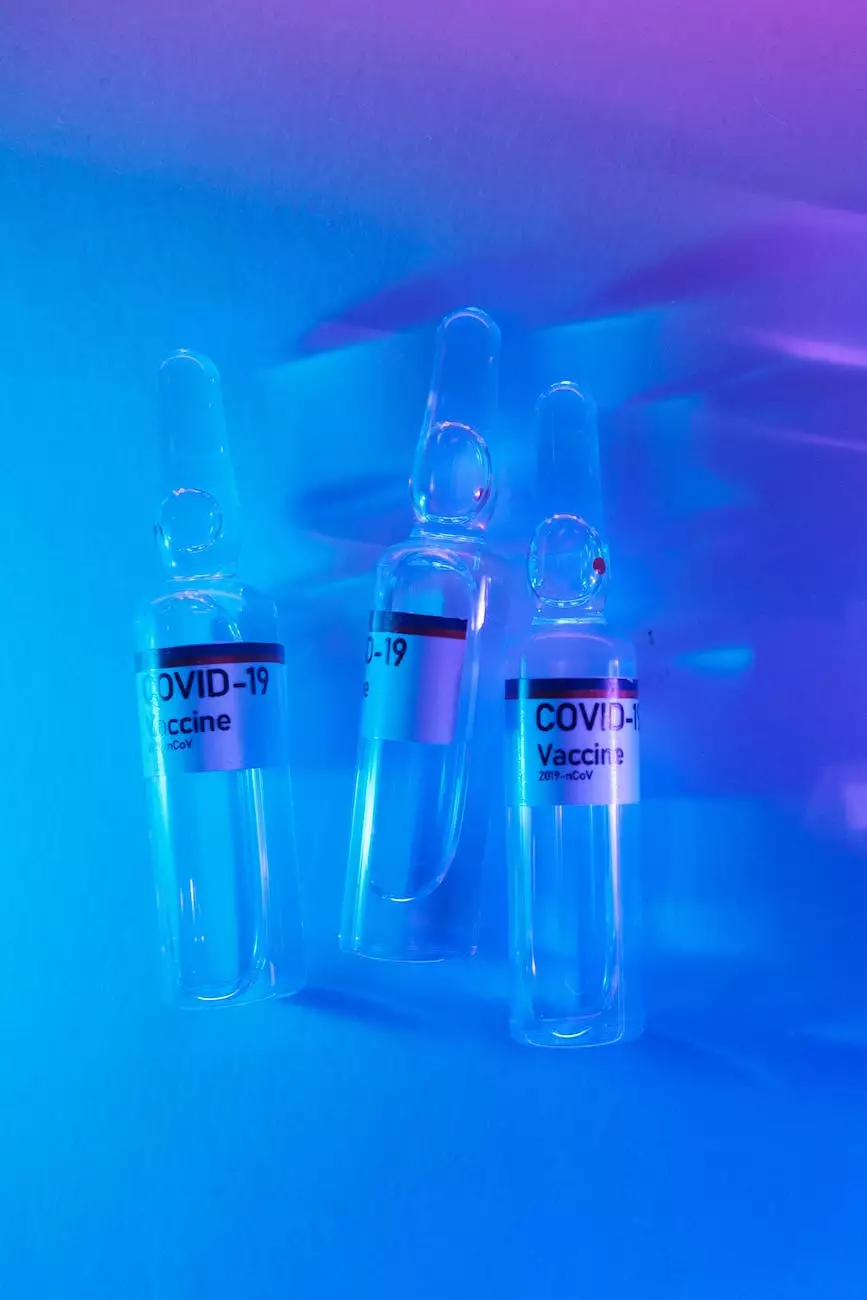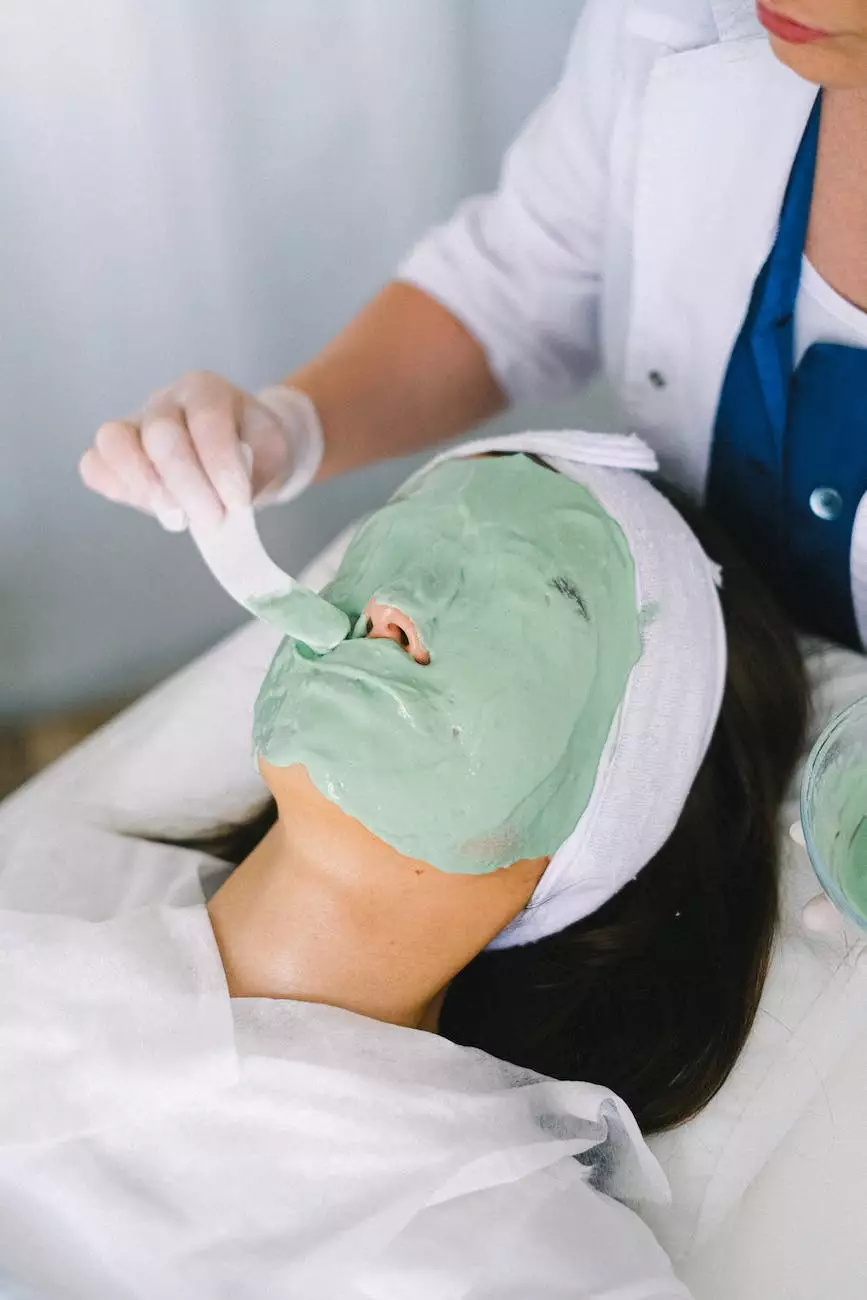Actinic Keratosis - Understanding the Causes, Symptoms, and Treatments

Introduction
Welcome to the comprehensive guide on actinic keratosis, a common dermatological condition that affects many individuals. Smith, Arthur F, MD is a trusted healthcare provider dedicated to offering specialized treatments for actinic keratosis. In this article, we will dive deep into this condition, exploring its causes, symptoms, and the various treatment options available. Our goal is to provide valuable insights and information to help you better understand actinic keratosis and its management.
What is Actinic Keratosis?
Actinic keratosis, also known as solar keratosis, refers to the development of rough, scaly patches on the skin that typically result from long-term exposure to the sun's harmful ultraviolet (UV) rays. These patches may appear on sun-exposed areas such as the face, scalp, ears, arms, and hands. Actinic keratosis is considered a precancerous condition, meaning it can potentially develop into skin cancer if left untreated.
Causes and Risk Factors
The primary cause of actinic keratosis is repeated exposure to UV radiation from the sun or artificial sources like tanning beds. Individuals with fair skin, light-colored hair, and light-colored eyes are at higher risk of developing actinic keratosis. Additional risk factors include:
- Age: Older individuals are more susceptible to actinic keratosis due to prolonged sun exposure over time.
- Geographic Location: Living in regions with high levels of sunlight increases the risk.
- Occupation: Working outdoors for extended periods can lead to increased UV exposure.
- Previous History: Individuals who have had actinic keratosis in the past are more likely to develop it again.
Symptoms and Diagnosis
Actinic keratosis appears as small, rough, flesh-colored, reddish, or brownish patches on the skin. These patches are usually flat and have a scaly or sandpaper-like texture. Initially, actinic keratosis may be easier to feel than to see. Some common symptoms include:
- Dry and rough patches on the skin
- Itching or burning sensation in the affected areas
- Tenderness or pain when touched
- Peeling or bleeding of the patches
- Changes in skin color and texture
Diagnosing actinic keratosis usually involves a thorough examination of the affected skin. Smith, Arthur F, MD employs advanced diagnostic techniques, such as dermatoscopy and skin biopsy, to accurately identify actinic keratosis and rule out other potential conditions.
Treatment Options
Smith, Arthur F, MD offers a range of effective treatment options for actinic keratosis, tailored to individual patient needs. The choice of treatment depends on various factors, including the size, number, and location of the lesions, as well as the patient's overall health. Some common treatment approaches include:
1. Topical Treatments
Topical medications, such as creams, gels, or solutions, can be prescribed to directly apply to the affected areas. These treatments aim to destroy the abnormal cells and promote skin healing.
2. Cryotherapy
Cryotherapy involves freezing the lesions with liquid nitrogen, causing them to blister and eventually fall off as the healthy skin regenerates.
3. Photodynamic Therapy
This treatment combines a special light source, such as laser or intense pulsed light (IPL), with a light-activated medication. It selectively destroys the abnormal cells while minimizing damage to healthy tissue.
4. Curettage and Electrodesiccation
This technique involves scraping off the lesions with a curette tool and then cauterizing the area to prevent bleeding and promote healing.
5. Surgical Excision
In cases where actinic keratosis has developed into skin cancer or if other treatments have failed, surgical removal of the affected area may be recommended.
Prevention Tips
Preventing actinic keratosis is crucial in reducing the risk of developing skin cancer. Here are some helpful tips to protect your skin from UV damage:
- Limit sun exposure during peak hours (10 am to 4 pm).
- Seek shade and use protective clothing, such as wide-brimmed hats and long-sleeved shirts.
- Apply broad-spectrum sunscreen with an SPF of 30 or higher on exposed skin, reapplying every two hours.
- Wear sunglasses that provide UV protection.
- Avoid using tanning beds and sunlamps.
Conclusion
Actinic keratosis is a common skin condition that requires prompt attention and proactive management. Smith, Arthur F, MD is dedicated to providing expert care in diagnosing and treating actinic keratosis, helping patients achieve healthy and beautiful skin. Don't ignore any suspicious skin patches - schedule a consultation with us today to address your concerns and protect your skin health.




